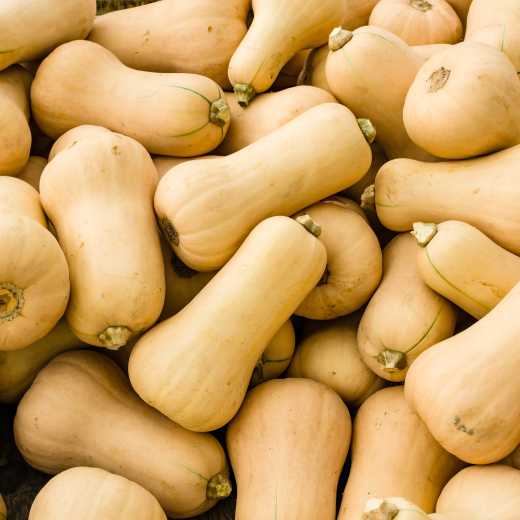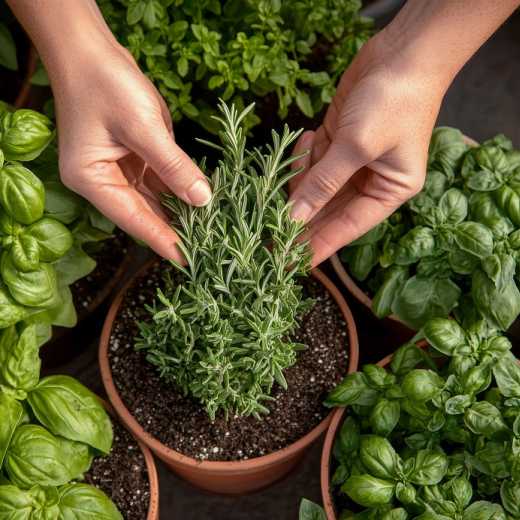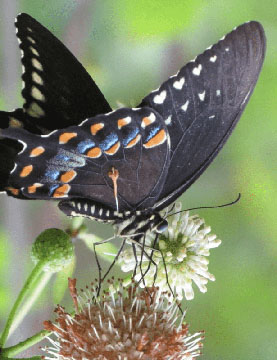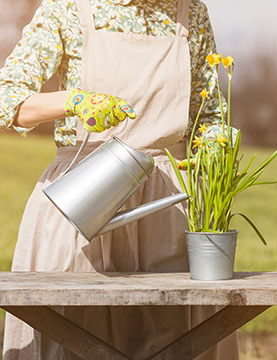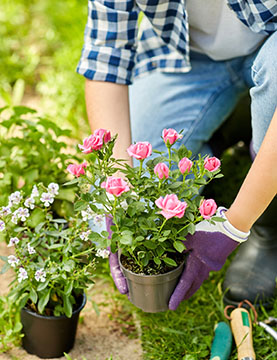A Garden Vision
At the beginning of each year, I sit down and ask myself four big questions:
- What do I wish to have?
- What do I wish to do?
- What do I wish to be?
- What do I wish to give?
I write these in ink and pin it to my wall within clear site from my desk. This becomes my vision board for the new year and I take it very seriously because 90% of the time, my vision becomes reality. Call it Law of Attraction or Reticular Activation or whatever suits you. The end results are the same. Where focus goes, energy flows.
Without fail, every year I add “a beautiful, sustainable and productive garden.” Trouble is, until recently, I never gave it more focus than that so my vision was only partially successful. This year, I posed a more specific question. I asked the same questions above but targeted them specifically to my garden with a laser focus.

In other words:
- What do I wish my garden to have?
- What do I wish my garden to do?
- What do I wish my garden to be?
- What do I wish my garden to give?
From this starting point, I gained more clarity about my garden vision. In many ways, these are the same questions that a professional landscaper or garden designer will pose to his or her clients. By the way, this also makes a very fun exercise to do at your next garden club meeting.
HAVE
Most avid garden enthusiasts wish to have space in their garden landscape for themselves, recreational space for gatherings and fun with others, productive space for growing food, and natural space for beauty, privacy, energy efficiency, and wildlife habitat. Since priorities change with time, the manifestation of each of these spaces may also change. For example, garden enthusiasts with young children may wish to have more space for fun and food and less space for wildlife. This usually changes as we get older and many empty nesters may prefer more space for wildlife and beauty.
Retirees often crave space for growing food and watching wildlife. In this way, haves change as we change.
Once these fundamentals are explored and charted, the list of inclusions can begin. Recreational space may become a lawn or a low grow area. It can also be a tree swing or a fire pit area. Food production may include garden beds, vegetable boxes, a potted herb collection, or a mini orchard of fruit trees. Wildlife space can overlap as a privacy buffer which doubles as shelter, nesting and food space for birds and other creatures. This space may incorporate quiet sitting spaces for you to read or enjoy the beauty of
your surrounding. It may also include a water feature, a bird feeder, bird houses, and a hidden space for your leaves or compost.
DO
Since gardens are living systems of things, what they do and what you want them to do can be a very deep question. The more we study gardening, the more we understand that holistic gardens feed, water, shelter, protect, beautify, engage, enrich, educate, and enchant all life within and around them. Therefore, asking what we want our garden to do may result is a longer list than what we want it to have. The average backyard gardener may only ask their garden to give them food and beauty but the holistic gardener may want much more. If you take this approach, you may wish to add items to your list like capturing carbon, reducing your electric and water bills, mitigate flooding, feed your household and a neighbor or two, feed the birds and host the butterflies and moths, invite passersby to stop and smell the roses. A beautiful, holistic garden does more than just impress. It connects.
From this area on your Vision Map, you may determine that you wish to enhance your HAVE list to include the things that will serve the DO list. Perhaps a water collector will reduce your watering bill. A rain garden and a large, well placed tree may mitigate flooding.
BE
Even though beauty is in the eye of the beholder, almost 100% of us want our garden to be beautiful. If this is your top priority, I would strongly suggest you apply beauty to every aspect of your list. In other words, a functional, productive vegetable garden can also be beautiful if organized in a tidy fashion. A compost area can be beautiful if built to maximize an organized look.
One way to discover your BE list of items is to close your eyes and envision your dream garden. What does it look like, feel like, smell like? What can you do there? Is it all work or all play? Does it enchant you?
For the naturalists reading this, your dream garden may include concepts of environmental stewardship. If so, your BE list may include words like eco-friendly, sustainable, low-maintenance. The educators reading this may wish to list terms like bee-friendly, bird-friendly, educational, welcoming. From this list, you may wish to add labels to your plants so visitors (and you) can learn their botanical names.
GIVE
Of all the questions on the list, this one is perhaps the most important component in connecting to your vision. Most of us love to garden, love to visit pretty gardens, and love to learn about gardening, but very few of us are clear about why we garden. Is it really just a fun hobby? Is it an easy way to get some time outdoors? Is it a form of
exercise? Is it simply to create a beautiful accessory to a nice home? While there is nothing wrong with saying yes to any of these questions, I would hazard a guess that if you gave it more consideration, your answers may surprise you. The fact that you are reading this article practically proves it. From a garden designer’s perspective, a garden should give more than it takes from you. It should give you feelings of security and serenity. It should give you hours of enchantment and hopefully teach you about the natural world. We can learn so much from being in a garden if we take the time to stop working in the garden long enough to allow it to be our teacher. From this perspective, our garden can give us life lessons, better health, more happiness, a sense of connection to creation, and, if we are truly lucky, a deeper appreciation of what it means to be alive.
With these thoughts in mind, I would encourage you to take out your pencil and a piece of piece of paper. Gift yourself at least a half hour and pose the questions that will help you create the a vision of the garden you wish to manifest.
Happy Dreaming!

 Member Login
Member Login


